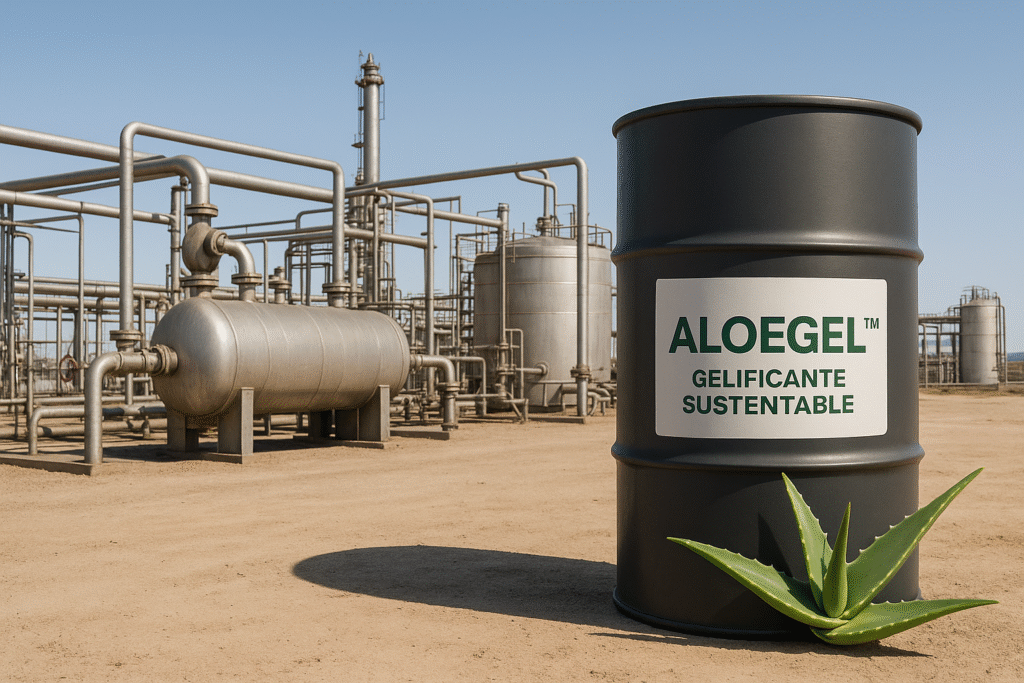🛠️ Central Processing Facilities (CPFs): Technical Backbone of Upstream Operations.
Central Processing Facilities (CPFs) serve as the primary node for initial hydrocarbon processing in upstream oil and gas developments.
Their role is to condition multiphase production fluids—comprising oil, gas, water, and solids—into discrete streams that meet downstream specifications for transportation, storage, or further refinement.
A CPF’s design and operation are critical to maximizing asset productivity while maintaining safety, environmental compliance, and operational integrity.

📐 Functional Overview
1. Reception of Well Fluids
CPF systems are engineered to handle variable flow rates, pressures, and compositions of incoming production fluids from multiple well pads or satellite gathering systems. The integrated flow assurance strategy must account for hydrate formation, slugging, emulsions, and sand production.
2. Phase Separation
The facility utilizes a combination of vertical and horizontal separators, free-water knockouts (FWKOs), and electrostatic coalescers to achieve initial phase separation:
- Oil is isolated for conditioning.
- Gas is routed to compression and treatment.
- Produced water is treated for discharge or re-injection.
- Solids, such as sand, are removed using desanders or hydrocyclones.
3. Fluid Conditioning
- Crude Oil Treatment: Includes desalting, dehydration, and stabilization to meet Reid Vapor Pressure (RVP) and BS&W (Basic Sediment & Water) specifications.
- Gas Conditioning: May involve dehydration (e.g., using TEG units), H₂S/CO₂ removal (amine or molecular sieve systems), and compression.
- Water Handling: Produced water is subjected to oil-in-water separation technologies (e.g., CPI separators, induced gas flotation) to meet reinjection or discharge criteria.
4. Metering and Quality Assurance
All hydrocarbon streams undergo fiscal metering and sampling per API and ISO standards to ensure custody transfer accuracy and compliance with commercial contracts.
5. Export and Integration
- Oil Export: Transferred via booster pumps to storage terminals or pipeline networks.
- Gas Export: Delivered via compression stations or directed to LNG facilities.
- Water Disposal or Reuse: Managed in accordance with regional environmental regulations and reservoir management strategies.
🔧 Engineering and Operational Considerations
- Modularity: Enables scalability and phased expansion.
- Instrumentation & Control: Advanced process control (APC), safety instrumented systems (SIS), and real-time monitoring enhance operational reliability and safety.
- Corrosion and Erosion Management: Material selection, chemical injection, and intelligent pigging strategies are critical for integrity management.
- HSSE Compliance: Facilities are designed to conform with global standards such as API, ASME, IECEx, and ISO 14001.
🚀 Strategic Importance
CPFs are not merely processing hubs—they’re strategic assets that influence:
- Reservoir recovery efficiency
- Production uptime
- Regulatory compliance and environmental stewardship
- Revenue generation through accurate metering and quality assurance
Many Chemicals are Used at a CPF but are not Eco Friendly
Central processing facilities in the oil and gas industry utilize a wide range of chemicals for various purposes including processing, treatment, and transportation of hydrocarbons. These chemicals are essential for enhancing production, preventing corrosion, controlling flow assurance issues, and ensuring safe and efficient operations.
Most of these products may be harmful, toxic and with carcinogenic effects to human beings, and all of them are contaminant and dangerous to the environment. Instead, you can use Aloetrade America green and sustainable solutions for use at a CPF.
We offer plant based solutions -made with aloe and other natural extracts- to be used in the oil & gas industry.
All products are made with renewable resources. Biodegradable solutions. Non toxic products. No harmful products. Green and sustainable products. All these products are used and validated by the oil and gas industry. These green and sustainable products are environmentally friendly solutions for CPFs.
